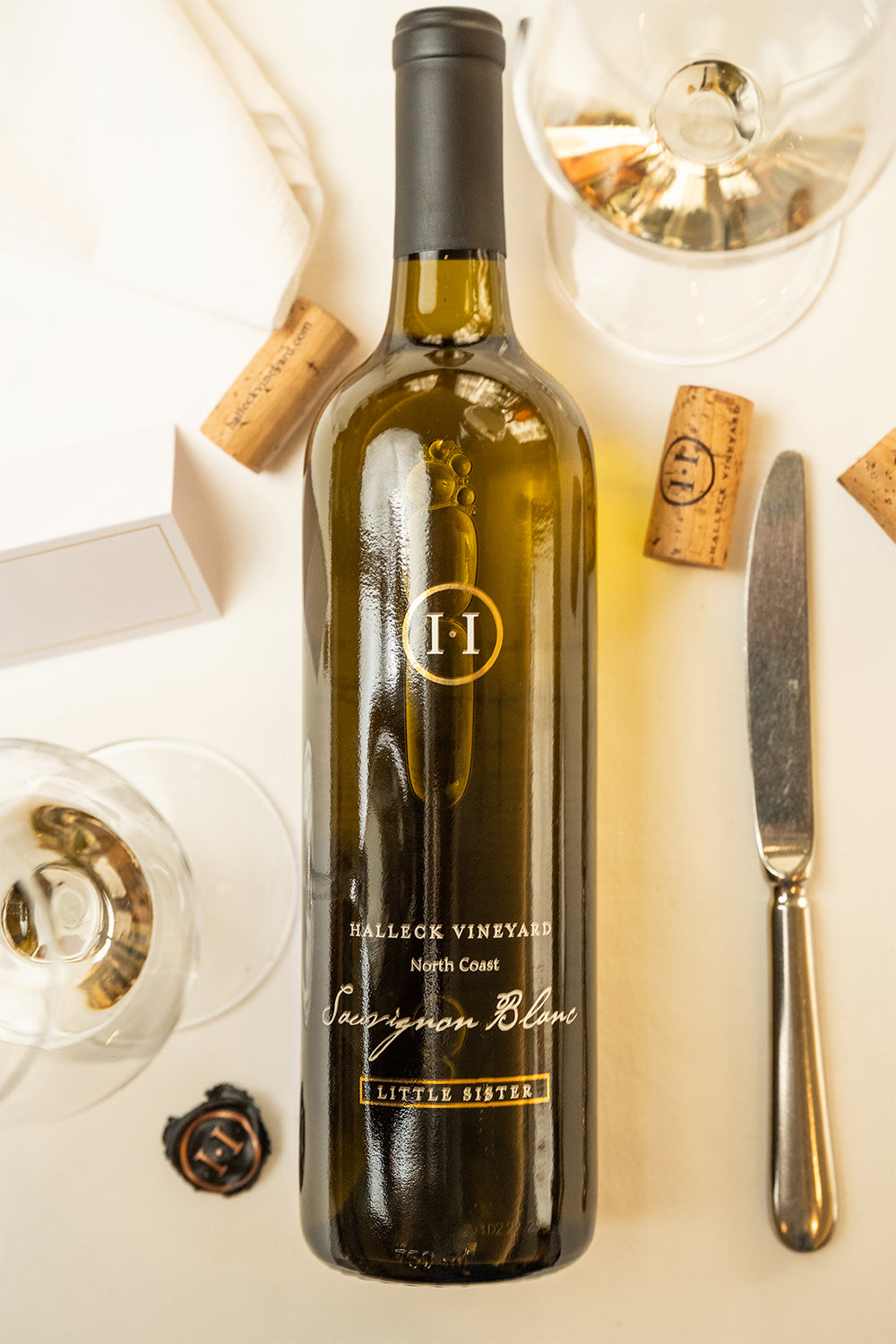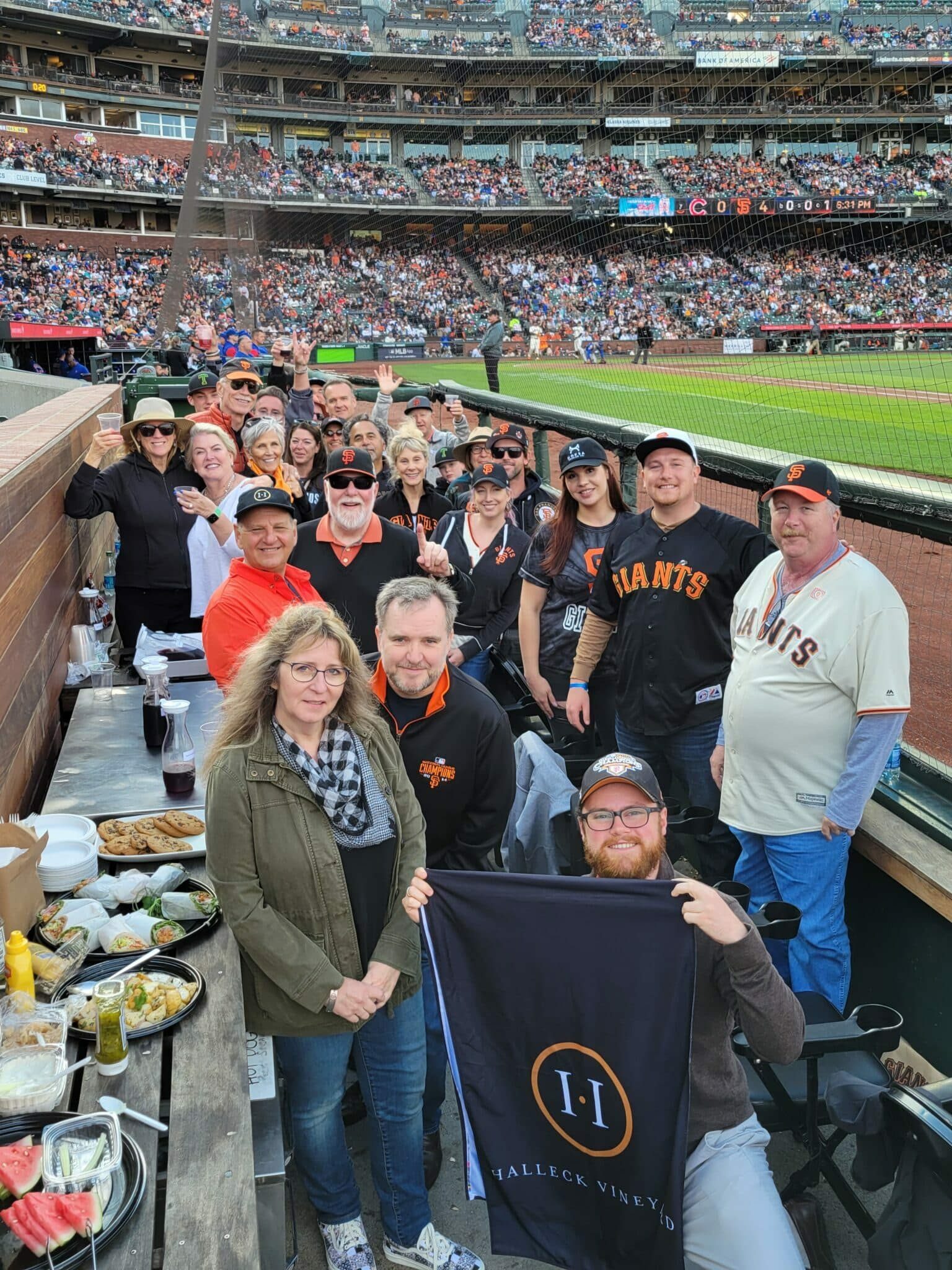Innovative Wine-Making Techniques In Sonoma Valley - Vineyards In The Sonoma Region
Innovative Wine-Making Techniques In Sonoma Valley - Vineyards In The Sonoma Region
Blog Article
Vineyard Picnic Spots In Sonoma Valley - Scenic Wineries Of Sebastopol
Wine tasting is an art that mixes sensory experience with an appreciation for the nuances of various varietals. How to evaluate flavors in winery wine tasting periods is pivotal to greedy the complexities of wine.
Engaging in a wine tasting involves more than merely sipping and savoring. It requires a centered method to determine aromas and flavors that every wine presents. As you start, observe the wine's appearance, noting its color and readability. These visible cues usually recommend a wine’s age, grape variety, and even potential flavor profiles.
The next step within the tasting process is to swirl the wine in your glass. This action releases aromatic compounds that are important for analysis. Lean in and take a second to inhale deeply; the aromas can vary from floral and fruity to spicy and earthy. The nose of the wine is just as important as the palate, and recognizing scents performs a big role in understanding the general experience.
When taking your first sip, allow the wine to maneuver throughout your palate - Rustic Family-Owned Wineries In Sebastopol. Discover the initial flavors that present themselves. Is the wine fruity, floral, or maybe herbaceous? This preliminary taste gives perception into what the wine is prone to specific as you proceed to gauge it. The mouthfeel also contributes to the overall flavor experience; it can be silky, tannic, and even effervescent.
Unique Wine Blending Experiences In Sonoma - Sonoma Wine Culture
As you continue tasting, pay attention to the wine’s steadiness. A well-balanced wine will harmonize acidity, sweetness, and tannins. If one component overwhelms the others, it'd indicate a less fascinating high quality. Evaluating steadiness may help you establish how nicely the wine may pair with food.
Transitioning to the end, contemplate how the flavors evolve as the wine lingers on your palate. A long, nice finish can indicate a high-quality wine, while a brief or abrupt finish might suggest otherwise. Replicate on whether or not the flavors remain consistent or if new notes emerge as the wine settles. This development can reveal complexities and intricacies that may not have been apparent within the initial tasting.
Temperature is also a crucial factor in evaluating wine flavors. Totally Different forms of wine are optimally enjoyed at particular temperatures. White wines often shine when chilled, while red wines typically perform best at room temperature. When tasting, ensure the wine is on the appropriate temperature to totally respect its character.
Wineries With River Views - Wineries Near Sebastopol For Tasting
Pairing food with wine can tremendously enhance the tasting experience. Foods can influence the perception of flavors in wine, both highlighting sure traits or diminishing them. When evaluating flavors, contemplate how the wine interacts with completely different meals, noticing which flavors are amplified or muted (Wineries With Picnic Areas).
Think About the influence of terroir as you engage in a winery tasting. Terroir encompasses the unique environmental factors that have an effect on grape growing, including soil composition, climate, and geography. Understanding a wine's terroir can present insight into its flavors and aromas, fostering a deeper appreciation for the alternatives made throughout its cultivation and manufacturing.
Training plays a basic position in enhancing one's ability to gauge wine flavors. Studying about grape varieties, wine regions, and production methods can pave the method in which for more informed judgments during tastings. Additionally, attending workshops or classes can refine sensory skills and broaden your Related Site flavor vocabulary, enabling you to articulate tasting notes more successfully.

Finally, it is important to do not neglect that evaluating wine flavors is a highly personal experience. Particular Person preferences and perceptions will invariably shape one’s tasting journey. Enjoyment should be on the forefront, with the analysis course of performing as a software to enhance understanding and appreciation rather than create rigid guidelines.
Vineyard Tours With Guided Tastings In Sonoma - Best Winery Located In Sonoma
In conclusion, mastering tips on how to evaluate flavors in winery wine tasting periods entails a mix of sensory engagement, knowledge, and practice. By learning to determine aromas, assess the stability, and respect the intricacies of flavor, wine enthusiasts can deepen their connection to every bottle they encounter. As with any art kind, the extra one immerses themselves in the experience, the more they will discover and enjoy the vast world of wine.
- Begin by observing the wine's colour and clarity, as these visual parts can trace at its flavor profile and growing older potential.
- Swirl the wine gently in your glass; this releases fragrant compounds, permitting you to higher establish the advanced scents related to the wine.
- Take a deep inhale earlier than tasting, specializing in each main and secondary aromas to collect insights on fruits, spices, and different nuances.
- When tasting, permit the wine to coat your palate; note the initial flavors, the mid-palate complexity, and the finish as these levels can provide different flavor highlights.
- Pay attention to texture and mouthfeel, as aspects such as tannin levels, acidity, and sweetness contribute considerably to the general tasting experience.
- Evaluate flavors towards normal wine characteristics; for purple wines, consider berry notes, oak influence, and natural tones, whereas whites might embrace citrus, stone fruits, and floral hints.
- Take notes during the tasting session to track your impressions, serving to you to remember and consider the totally different wines sampled.
- Discuss your findings with fellow tasters or winery staff, as sharing insights can enhance understanding and appreciation of particular person flavors.
- Enable time for the wine to breathe; sometimes, flavors evolve and reveal new dimensions after being uncovered to air.
- Experiment with food pairings during the tasting as they'll dramatically alter how flavors are perceived, influencing total enjoyment.undefinedWhat ought to I look for when evaluating the aroma of wine during a tasting?
Begin by swirling the wine in your glass to release its aromas. Bring the glass to your nostril and take a deep breath. Pay consideration to the first scents you detect, as these are often essentially the most distinguished. Look for fruit, floral, herbal, or earthy notes and try to identify specific traits, which is ready to deepen your understanding of the wine's complexity.
Spectacular Vineyard Views In Sonoma - Sonoma Wine Region Vineyards

How can I distinguish between different flavor profiles in wine?
Perceive that flavor profiles are often categorized as fruit, floral, herbaceous, spicy, or mineral. Take small sips and allow the wine to coat your palate. Discover the primary flavors that emerge first and the refined notes that comply with. This layering is essential in distinguishing the wine's traits and will assist you to appreciate its distinctive profile.
Wineries With Outdoor Seating - Vineyards In The Sonoma Region
What is the importance of the wine's texture in a tasting?

The texture of the wine, also referred to as mouthfeel, plays an important function in how we perceive flavors. Pay consideration as to if the wine feels clean, creamy, or gritty. The body of the wine (light, medium, go or full) can enhance or distinction with flavors, offering a more rounded experience throughout tasting.
How do I assess the balance of flavors in wine?
Stability in wine refers again to the harmony between acidity, sweetness, tannin, and alcohol. Take a second to evaluate whether or not these elements complement or interfere with one another. A well-balanced wine may have none of its elements overpowering the others, creating a pleasing tasting experience.
Wineries Near Highway 12 - Exploring Sonoma's Wine Landscape
What function does temperature play in evaluating wine flavors?
Temperature can significantly impression the notion of flavors. Usually, red wines are best served barely under room temperature, whereas white wines get pleasure from being chilled. As the temperature changes, the aromas and flavors can shift, allowing you to perceive totally different traits. It’s essential to style wine at its optimal temperature for true evaluation.
Rustic Family-Owned Wineries In Sebastopol - Vineyards In The Sonoma Region
How can I improve my tasting skills over time?
Practice is key to bettering your tasting skills. Intimate Wine Tasting Experiences In Sonoma. Attend tastings, maintain a journal of your experiences, and explore different sorts of wines to broaden your palate. Additionally, learning about wine manufacturing and grape varieties can provide context that enhances your analysis course of, making you a more informed taster.
Is there a particular order in which I should style the wines?
Local Favorite Wineries In Sonoma - Sonoma County Wine Tasting Locations
Sure, it’s advisable to taste wines from light to full-bodied and dry to sweet. This development prevents the stronger flavors from overshadowing the extra delicate ones, allowing you to completely recognize every wine's characteristics and nuances without palate fatigue.
How can I consider the aftertaste of wine?
Wine Tasting Events In Sonoma County - Wineries For Casual Tastings In Sonoma
The aftertaste, or finish, is an important aspect of the wine-tasting experience. After swallowing, take note of how lengthy the flavors linger in your palate and whether or not they change. A lengthy, pleasant finish is often an indicator of a high-quality wine, while a brief or disagreeable end might suggest otherwise.
Why is it important to notice the wine’s acidity throughout tasting?
Acidity contributes to the overall freshness and structure of the wine. Pay attention to the tingling sensation in your tongue; greater acidity can enhance the wine's liveliness and balance out sweetness. Noting acidity helps determine the wine's versatility with food and its getting older potential.
What ought to I do if I wrestle to identify particular flavors in wine?
Wineries Known For Their Hospitality - Wineries In The Sebastopol Region
Struggling to establish flavors is frequent, particularly for novices. Focus on broader classes and describe what you can acknowledge, similar to candy or earthy notes. With practice, reading about totally different flavor profiles, and perhaps using flavor wheels, you'll refine your senses and develop a more nuanced method to tasting. Report this page